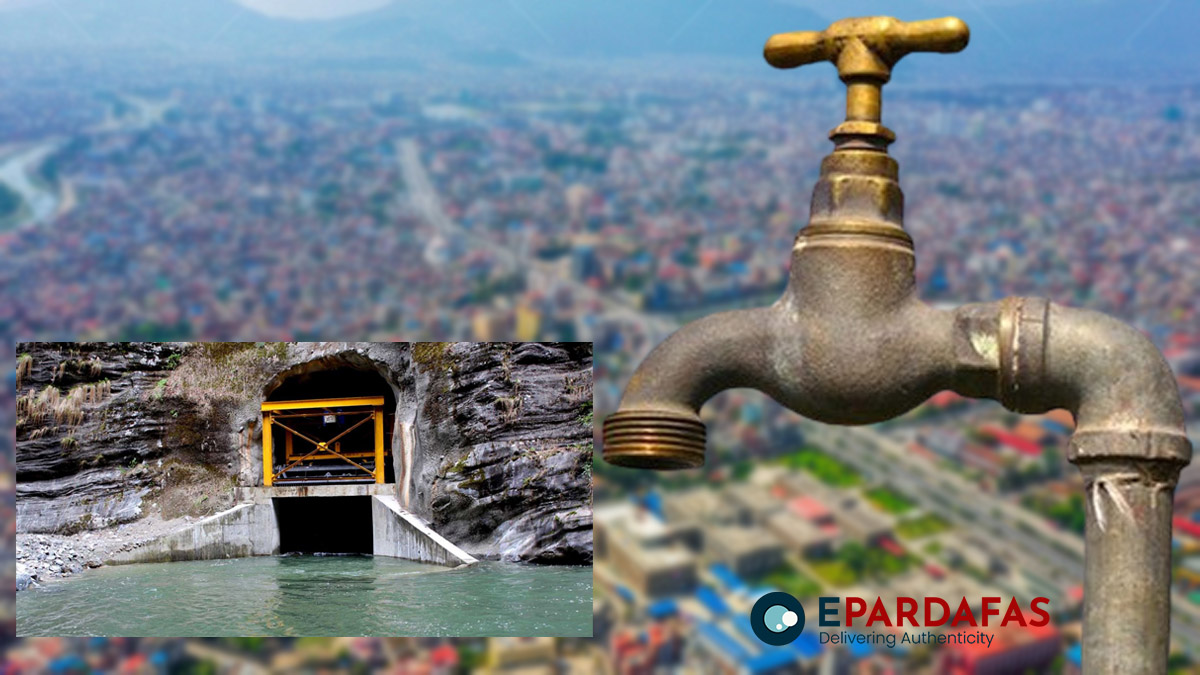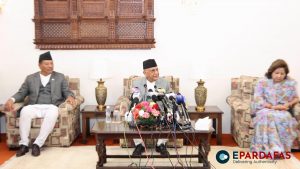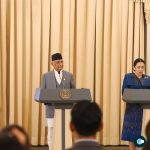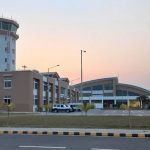
The Melamchi Dilemma Hits Kathmandu

In a city already grappling with chronic water shortages, the discontent among the residents of Kathmandu has reached a boiling point as the Melamchi Water Supply Development Committee continues to delay the resumption of water supply from the Melamchi River. Approximately 3.2 million residents in the Kathmandu Valley heavily depend on the piped water supply provided by Kathmandu Upatyaka Khanepani Ltd (KUKL), but the interruption in Melamchi River water supply has left the city parched.
The Melamchi Water Supply Development Committee had temporarily halted the supply of water from the Melamchi River in June, citing the need to protect temporary structures from monsoon floods. Historically, the committee would resume the water supply after the monsoon season, typically in mid-November. However, this year has proven to be an exception, causing widespread dissatisfaction among the residents.
The discontent culminated in a peaceful rally organized by the Kathmandu Valley Struggle Committee on Monday, starting from Koteshwar and concluding at Minbhawan. The committee, spearheading the protest, has vowed to escalate their efforts if the water supply from the Melamchi River is not promptly reinstated.
Govinda Raj Panta, the coordinator of the struggle committee, expressed frustration over the delay, stating, “In the past years, supply from the Melamchi River would resume by mid-November. It is already the third week of December, but they haven’t resumed supply.” Panta dismissed technical reasons for the halt, suggesting a managerial lapse instead.
In contrast, officials from the Melamchi Water Supply Development Committee contend that the delay is attributed to technical challenges. Rajendra Prasad Panta, the spokesperson for the committee, pointed to the October floods in the Melamchi River as the root cause. These floods damaged the access road to the dam site and a temporary structure facilitating the diversion of Melamchi waters to the tunnel.
“Floods have deposited debris in the 210-meter tunnel that links the dam with the main tunnel,” said Spokesperson Panta. While efforts have been made to reconstruct the access road, clearing debris from the tunnel remains a time-consuming task. The spokesperson highlighted that the committee has requested the main contractor, Sino Hydro, to expedite these efforts but acknowledged a delay pending the cabinet’s endorsement of the variation order submitted by the committee.
Complicating matters further is the impending expiration of Sino Hydro’s contract in December. In response, the committee has initiated a new bidding process to engage a new company for the project. “We are currently in the process of evaluating the bids,” said Spokesperson Panta. The estimated cost for debris removal and other necessary works is Rs 120 million.
Adding to the complexity, the Asian Development Bank (ADB), a key financier of the Melamchi Water Supply Project, has recommended relocating the main dam due to recurrent floods making the current site unfeasible. In response, the government has opted for an independent study to assess whether relocation is necessary, adding an additional layer of uncertainty to the project.
The Melamchi Water Supply Project, initiated two decades ago with an investment exceeding Rs 60 billion, is designed to supply 170 million liters of water from the Melamchi River to the Kathmandu Valley through a 26.5 km long tunnel in the first phase. The government’s long-term plan includes diverting water from the nearby Yangri and Larke rivers through the construction of two more tunnels, aiming to increase the water supply to the Kathmandu Valley to 510 million liters per day in the second phase.
As the residents of Kathmandu endure the dry days and struggle for a basic necessity, the fate of the Melamchi Water Supply Project remains uncertain, hanging in the balance between technical challenges, managerial issues, and the broader question of infrastructure sustainability in the face of changing environmental conditions. The coming days will reveal whether the authorities can address the concerns of the residents and resolve the Melamchi Dilemma that has gripped the capital city.
- Nepal Issues Permits to Seven Expeditions for Spring Ascent of Mt Everest
- UN Experts Urge China to Clarify Detention of Tibetan Environmental Activist Tsongon Tsering
- Dalai Lama Honoured with 2025 Gold Mercury Award for Peace, Compassion, and Environmental Leadership
- Taiwan Launches Extended Han Kuang Drills Amid Rising Threat of Chinese Aggression and 2027 Invasion Concerns












Comments